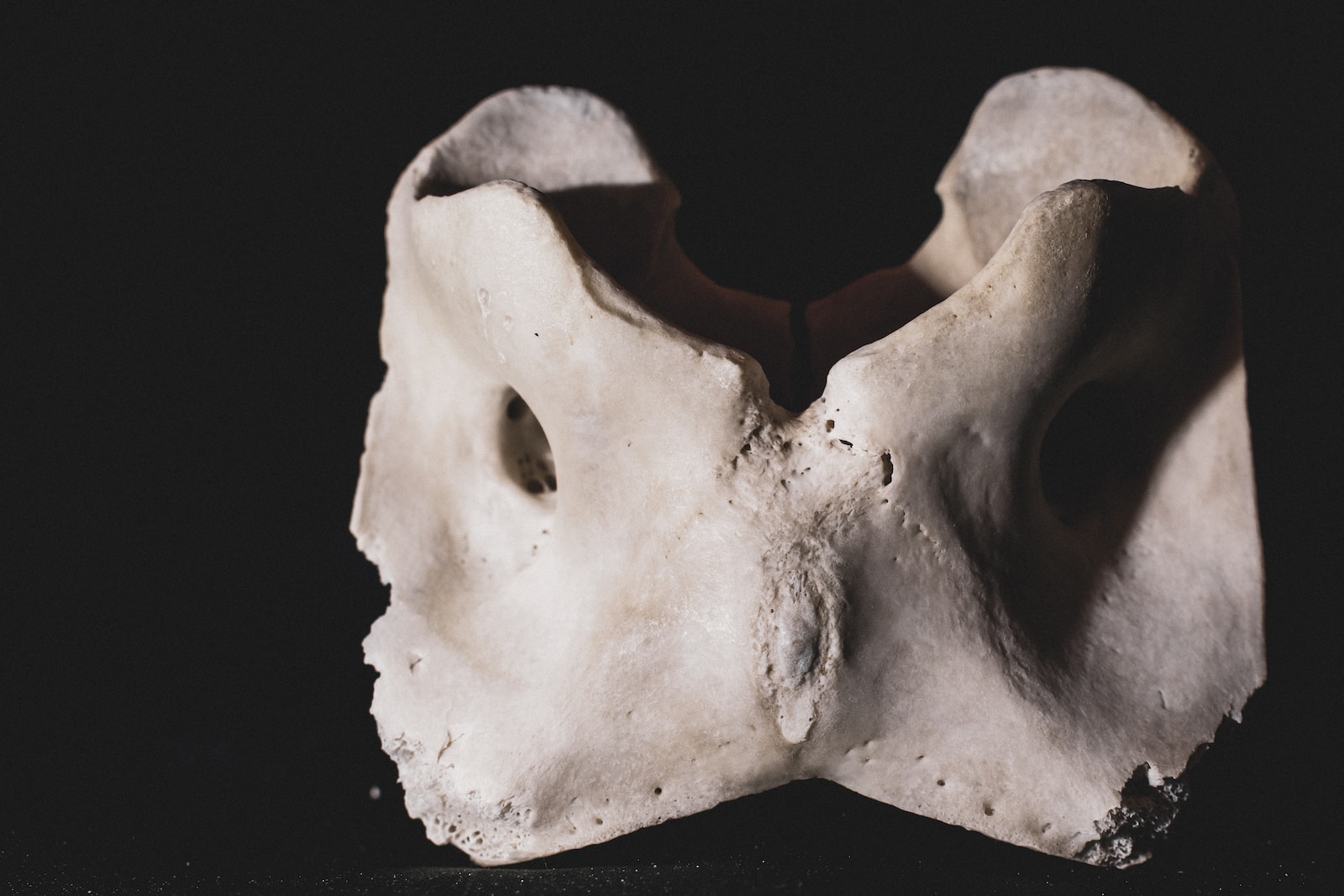Spondylolisthesis is a spinal condition that occurs when one vertebra slips out of place and moves forward or backward onto the vertebra below it. This can cause nerve compression, pain, and other symptoms. In this article, we’ll explore the causes, symptoms, diagnosis, and treatment options for spondylolisthesis.
Causes and Risk Factors of Spondylolisthesis
Spondylolisthesis can be caused by a variety of factors, including:
- Congenital Defects: In some cases, spondylolisthesis is caused by a birth defect that affects the development of the spinal column.
- Degenerative Changes: As we age, our bones and joints can experience wear and tear. This can lead to degenerative changes in the spine, which can cause spondylolisthesis.
- Trauma: A sudden impact or injury can damage the vertebrae and cause them to slip out of place.
- Repetitive Stress: Certain activities that involve repetitive bending or twisting of the spine can increase the risk of spondylolisthesis.
Some people may also be more susceptible to developing spondylolisthesis due to factors such as:
- Genetics
- Obesity
- Poor posture
- Weak core muscles
- Arthritis
Types and Symptoms of Spondylolisthesis
Spondylolisthesis can be classified into several types based on the cause and severity of the condition. The most common types are:
- Degenerative Spondylolisthesis: This type of spondylolisthesis occurs as a result of degenerative changes in the spine. It typically affects older adults and can cause symptoms such as low back pain and stiffness.
- Isthmic Spondylolisthesis: This type of spondylolisthesis occurs when there is a defect or fracture in the pars interarticularis, a small bone that connects the upper and lower parts of the vertebra. It can cause symptoms such as back pain and leg pain.
- Traumatic Spondylolisthesis: This type of spondylolisthesis occurs as a result of a sudden impact or injury. It can cause symptoms such as severe pain, numbness, and tingling.
- Pathologic Spondylolisthesis: This type of spondylolisthesis occurs as a result of a disease or condition that weakens the bones, such as osteoporosis. It can cause symptoms such as back pain and loss of height.
Symptoms of spondylolisthesis can vary depending on the severity and type of the condition. Common symptoms include:
- Low back pain
- Muscle spasms
- Stiffness in the back
- Numbness or tingling in the legs
- Weakness in the legs
- Loss of bladder or bowel control (in severe cases)
Diagnosis and Treatment Options for Spondylolisthesis
If you’re experiencing symptoms of spondylolisthesis, your doctor will likely perform a physical exam and order imaging tests such as an X-ray, MRI, or CT scan to diagnose the condition. Once diagnosed, the treatment options for spondylolisthesis may include:
- Rest and Physical Therapy: In mild cases of spondylolisthesis, rest and physical therapy may be recommended to help relieve symptoms and strengthen the muscles that support the spine.
- Medications: Your doctor may prescribe pain relievers or anti-inflammatory medications to help manage pain and inflammation associated with spondylolisthesis.
- Bracing: In some cases, a brace may be recommended to help support the spine and prevent further slippage of the vertebrae.
- Surgery: In severe cases of spondylolisthesis, surgery may be necessary to realign the vertebrae and relieve pressure on the nerves. This may involve spinal fusion, where two or more vertebrae are fused together to create a stable structure.
Preventing and Managing Spondylolisthesis: Tips and Strategies
While there’s no surefire way to prevent spondylolisthesis, there are some things you can do to reduce your risk of developing the condition. Here are a few tips:
- Maintain a healthy weight: Excess weight can put extra stress on your spine and increase your risk of developing spondylolisthesis.
- Practice good posture: Poor posture can put extra pressure on your spine and increase your risk of developing spondylolisthesis. Be sure to sit and stand up straight, and avoid slouching.
- Exercise regularly: Regular exercise can help strengthen the muscles that support your spine and reduce your risk of developing spondylolisthesis. Be sure to talk to your doctor before starting any new exercise program.
- Avoid high-impact activities: Activities that involve jumping or running can put extra stress on your spine and increase your risk of developing spondylolisthesis. Instead, opt for low-impact activities like swimming or cycling.
If you’ve been diagnosed with spondylolisthesis, there are also some things you can do to manage your symptoms and prevent further slippage of the vertebrae. Here are a few strategies:
- Stay active: While you may need to avoid certain high-impact activities, staying active is important for maintaining muscle strength and flexibility. Be sure to talk to your doctor about which activities are safe for you.
- Use good body mechanics: When lifting heavy objects, be sure to use proper body mechanics to avoid putting extra strain on your spine.
- Practice relaxation techniques: Stress and tension can cause muscle spasms and exacerbate spondylolisthesis symptoms. Practicing relaxation techniques like deep breathing and meditation can help manage stress and reduce muscle tension.
In conclusion, spondylolisthesis is a spinal condition that can cause a range of symptoms, including low back pain, numbness or tingling in the legs, and weakness in the legs. While the condition can be caused by a variety of factors, there are several steps you can take to reduce your risk of developing spondylolisthesis and manage your symptoms if you’ve been diagnosed with the condition. If you’re experiencing symptoms of spondylolisthesis, be sure to talk to your doctor about your treatment options.






